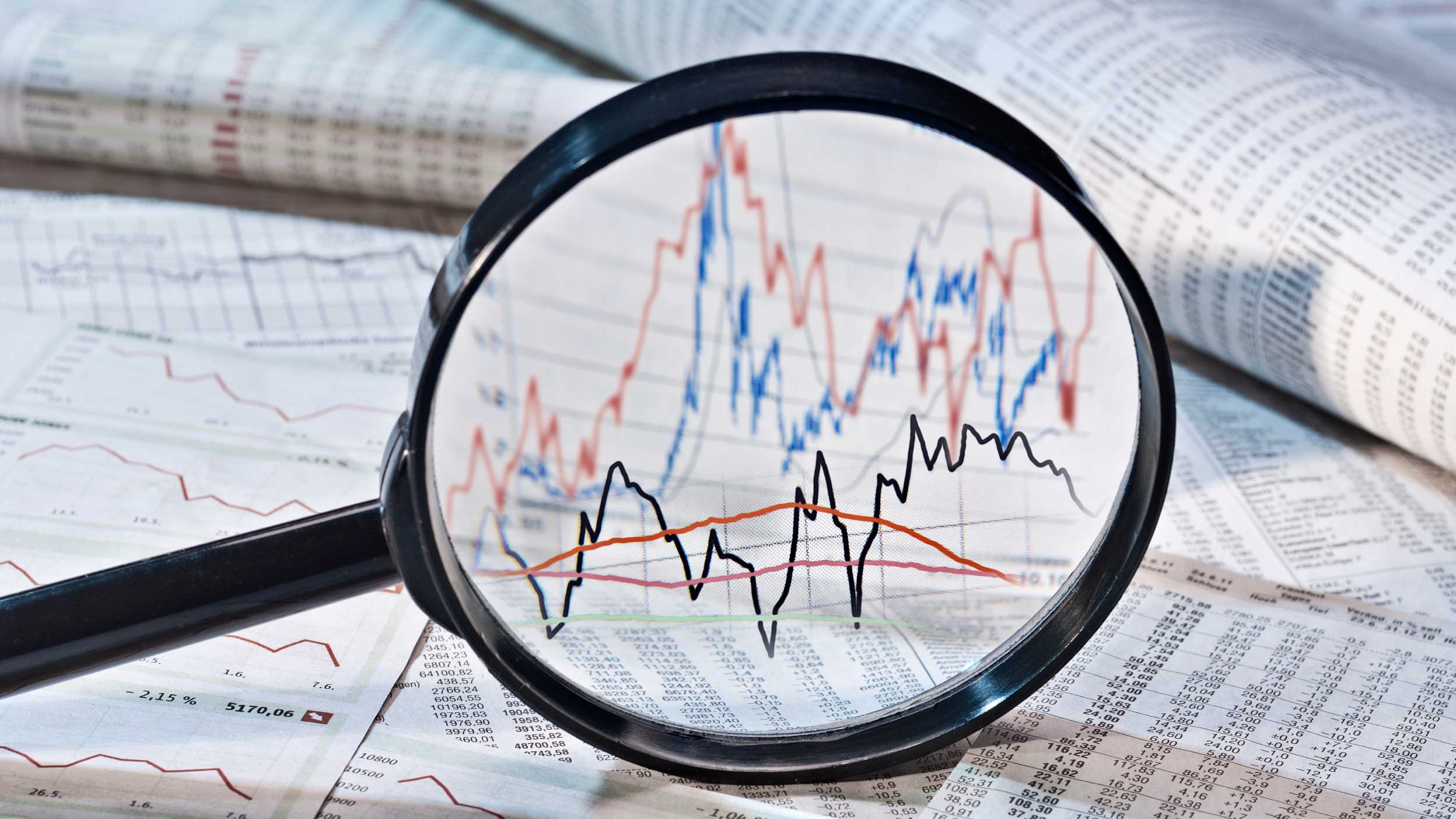It’s about demand as well as supply
On the face of it, the above analysis suggests that prices should remain constant, as marginal demand is met by marginal supply. But, in fact, we have inflation.
So what has changed?
In short, it’s the composition of consumption that is different this time. Consumption of durable goods has been growing very rapidly, however the consumption of services has been weak.
This means that the real growth in demand for durable goods in the G7 has likely outpaced the growth rate of global industrial production.
This is resulting in goods inflation. I believe this inflation is about demand as well as supply.
Outlook
In light of the above, what is our outlook going forward?
There has been large fiscal and monetary stimulus, and household balance sheets are strong. As such, demand is likely to remain robust. So the big question is: where will this demand show up?
In the short-term, inflation could fall if consumption moves away from durable goods towards services. However, when this happens, it could create capacity issues in the factors of production that provide services – the labour market. By most accounts, the labour market is already pretty tight.
This has implications for portfolios. If inflation is driven more by demand growth and less by supply constraints, and demand is set to remain strong, then inflation will be more persistent, even if its composition shifts away from goods and towards services.
More persistent inflation will put upward pressure on interest rates, hitting duration-sensitive assets.
At the same time, assets that are more sensitive to corporate earnings, will be supported by higher demand.






